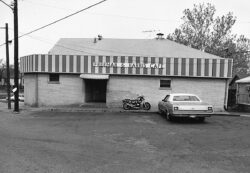Business & Industry
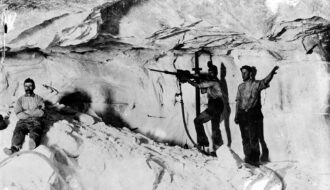
Belle Isle Salt Mine Collapse
Once one of the most productive salt mines in the country, the Belle Isle Salt Mine was the site of numerous deadly accidents.

Once one of the most productive salt mines in the country, the Belle Isle Salt Mine was the site of numerous deadly accidents.

One of the wealthiest Louisiana residents of his generation, Bernard de Marigny de Mandeville was active in Louisiana politics and lucratively subdivided his New Orleans plantation, creating the neighborhood that still bears his name.
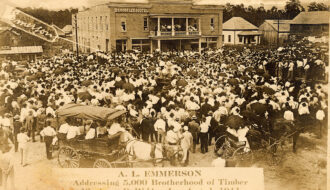
An integrated labor union violently suppressed by lumber barons.
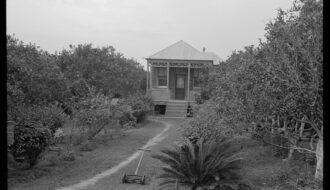
Louisiana’s citrus industry traces its origins to the early 1700s, but the effects of climate change increasingly threaten its long-term viability.

For a state experiencing land loss at an alarming rate, coastal restoration has become an urgent need.
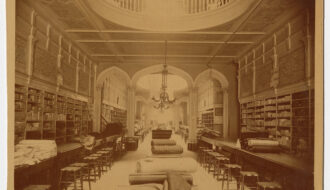
For one hundred forty years, D. H. Holmes served as a shopping destination for generations of New Orleanians, growing from a small dry goods shop to an enormous consumer emporium.
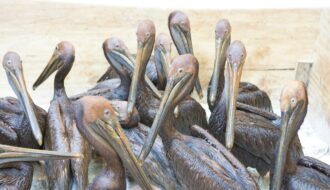
The 2010 BP spill was one of the worst environmental disasters in US history.

The festival celebrates southwest Louisiana’s connections to the francophone world.
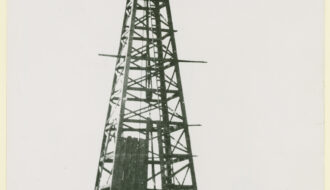
Exploitable petroleum deposits were found in Louisiana in 1901, changing the state's economy and landscape forever.
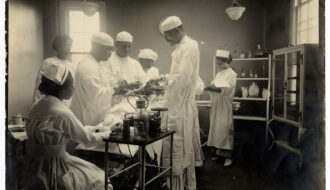
Flint-Goodridge Hospital opened in 1896 to serve New Orleans’s Black community and provide medical training for Black nurses and physicians at a time when other hospitals denied services to Black people.
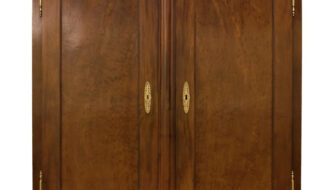
Francois Seignouret, a financially successful businessman and investor, became known as one of the greatest cabinetmakers in New Orleans, though there is no evidence that he ever made furniture with his own hands.
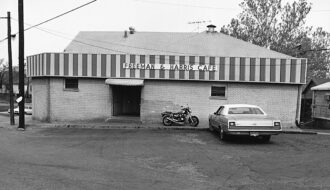
Freeman & Harris Café was a Black-owned restaurant that served as a pillar of Black social, cultural, and political life in Shreveport.
One-Year Subscription (4 issues) : $25.00
Two-Year Subscription (8 issues) : $40.00
